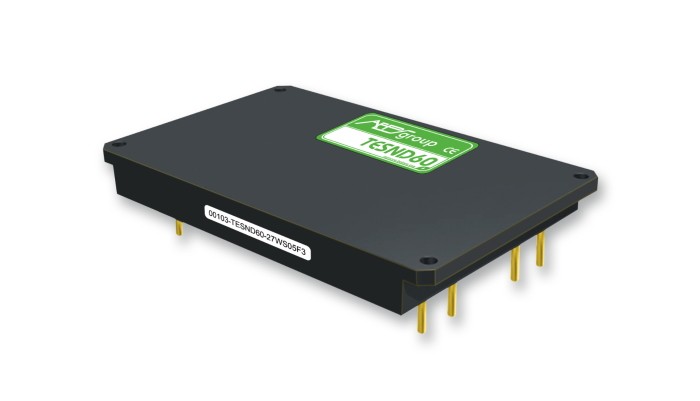DC to DC converters are indispensable tools whenever there is a need to change the voltage (either increase or decrease it) in any given circuit. (Which need arises almost anytime, and the demand for converters is constantly growing) While most devices already have a built-in converter inside them, this article will deal with the external converters and the parameters one needs to consider when choosing one.
Check the Input Voltage Range in All DC to DC Converters
Going for the converters with the wider input voltage range usually means the ability to use them in more varied applications. For the majority of time, the 2:1 input volage range converters used to be the standard, but you will have no problems finding the 4:1 input voltage range.
If you’re not sure what these numbers mean, then let’s imagine a 2:1 converter with a 24V nominal input. Such a converter will be able to operate within a 18-36 Vdc range (with the higher number being 2 times the lower). With a 4:1 converter, however, these numbers will be 9-36 Vdc (The higher number being 4 times the lower).
Then there are also the narrow input voltage range converters, whose ration between min. and max. voltage is smaller. However, these devices generally offer a higher output and efficiency than those operating in a wider voltage range.
Depending on what you need your converter for, it’s no problem settling with a 2:1 converter, however, you should consider a higher range if you have multiple applications in mind, or a narrower range if you wish for a more specific use.
Don’t Forget about the Output Voltage Either
Typical output voltages are either 3.3, 5, 9, 12, 15, 24, ±5, ±12 and ±15 V.
The Output Power and Efficiency Question
Whichever output power the particular DC to DC converter offers, it should never be stretched to its absolute limit by the load. (Introducing a 50 W load to a 50 W converter is not the best idea, for example).
Another important thing to take into consideration is the ambient temperature. While the datasheet typically describes the workings of the converter under the ideal 25 °C ambient temperature, the actual working conditions may differ significantly. Too high (or, alternatively, too low) a temperature will impact the efficiency of the device. So, even though the device itself may boast a 1200 W output power, you should expect the actual power to be about 20-30% less.
Of course, efficiency (the fraction of input power reaching the load) is highly valued and modern converters are capable of reaching efficiency of 90% and even more.
What About Isolation?
Isolation, meaning the separation of the converter’s input and output from each other, is helpful in increasing the loop’s resistance in some industrial systems and isolating noises and interferences. For some converters, isolation is a must-have. However, it isn’t necessary in every situation, and adding it usually means greater costs and lesser efficiency. (Compare with the non-isolated converter efficiency here). Always consider whether you really need it before deciding.
What Else can’t be Forgotten?
The cooling system, of course. Depending on the converter’s power rating, efficiency and the operating temperature, the converter’s thermal management can be a challenge. Most converters will feature conductive cooling in the form of a base plate, especially in conditions will little airflow. Some will introduce additional heatsinks, while other may prefer adding a fan, if the circumstances permit it.
What are you looking for in a converter, and for which purpose do you intend to use it? You can chime in in the comment section!


